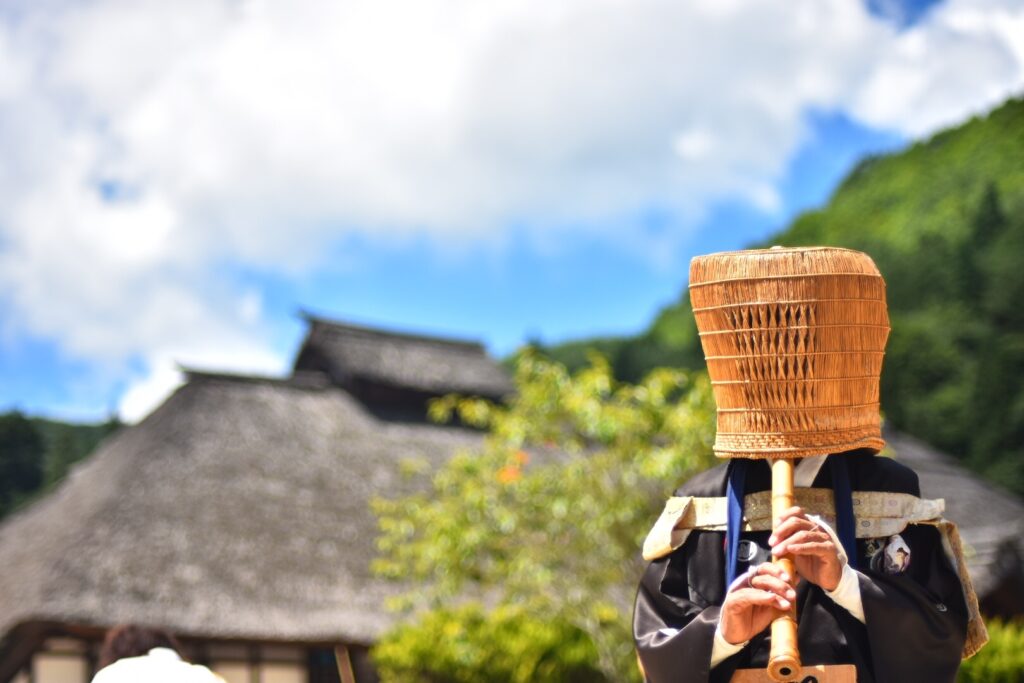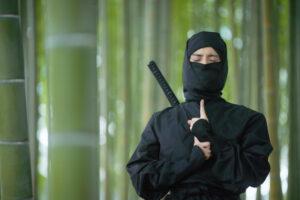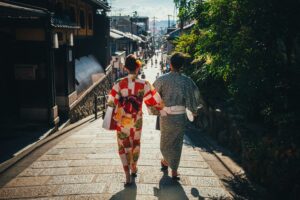The Real Ninja's Art of Disguise

For those interested in traditional japanese culture and history, the ninja are probably a mysterious entity.
The art of disguise ninja excelled in plays a role in creating that mysteriousness.
In modern anime and movies, their art of disguise is described as if it were magic, but what was it really like?
In this article, I would like to present in detail why the ninja excelled in the art of disguise, their history and techniques.
Why were the ninja so skilled in the art of disguise?
The work of the ninja is like that of a spy.
They excelled at moving quickly and hiding in the shadows in order to gather information and carry out infiltration activities without being noticed by enemies.
They also had to impersonate others and pose as harmless individuals.
For example, they could take the enemy's equipment and sneak behind enemy lines, or disguise themselves as merchants to get in and out of castles; if they were skilled in the art of disguise, they could accomplish their tasks with ease.
What the “Shoninki”, a historical book on Ninjutsu (Ninja trick)
Detailed knowledge of the ninja's art of disguise can be found in the historical book of ninjutsu, Shoninki.
This book was written in 1681, and although the original has not been found, a copy is preserved in the National Diet Library of Japan.
It is available online, so please check it out! Even if you cannot read Japanese, you can feel the weight of history.
This is a valuable source of information on the techniques and tactics of the ninja.
Part of it is "the Seven Ninja Disguises," a mastery of disguise.
The Shoninki reveals how they disguised themselves and acted in such a way as to remain undetected by their enemies.
Read our Ninja Blog article for more information! What is Ninjutsu (Ninja skills), a special skill used by ninja?
What are "the Seven Ninja Disguises"
The ninja used seven different disguises, called "shichiho-de," to cope with various situations.
The seven Ninja disguises were: a komuso (a type of monk), a monk, a shugenja (ascetic), a merchant, a magician, a performer, and a peasant.
They were used for infiltration and information gathering because they were inconspicuous wherever they were, and they were not likely to arouse suspicion when approached.
Shugenja, merchants, and performers also traveled around the country, so they were less likely to be suspected when passing through checkpoints.
They did not simply wear the attire of those professions, but also acquired the language, behavior, and knowledge appropriate to their professions, such as memorizing sutras, learning musical instruments, and speaking dialects.
Dedicate their lives to infiltration
So far, we have shown that the ninja used disguise techniques to impersonate some occupation.
On the other hand, there were also attempts to make a person of a particular profession into a ninja.
There was a profession called "walking priestesses (aruki miko)," who did not belong to any particular shrine but made a living by traveling around the country praying and giving oracles.
Shingen Takeda, a warload in the Sengoku period, understood the importance of gathering information in war.
He realized that walking priestesses could freely roam throughout the country, and he organized a team of walking priestesses (actually ninjas) to gather information in various regions.
What are we?
We run Ninja Experience Cafe in Tokyo, Kyoto and Osaka, Japan.
Here you can immerse yourself in Japanese culture through experiencing ninja training.
Both adults and children are welcome to try their hand at defeating the ninja master inside the cafe.
The cafe is an indoor interactive zone, so it can be enjoyed even on rainy days.
If you are thinking "I want to be a real ninja too!” or interested in becoming a real ninja, please visit us.
Reservations can be made here.
Sources of this information
本の万華鏡
刀剣ワールド
Unauthorized copying and replication of the contents of this site, text and images are strictly prohibited.


